Pull up that plant! These are the most invasive plants in Massachusetts ecosystems
One of the best things about summer in New England is the sheer greenery - as almost every plant takes on a bright, verdant shade. But for those lucky enough to have some green space on their property, it also poses a question - what parts of this veritable sea of green is the right kind of green?
The truth is you almost certainly have a number of invasive plants on your property. An invasive species is a non-native plant or animal, usually brought in by people, that is well suited or adapts to the new habitat, outcompeting native species and threatening the local ecosystem. Maybe they look pretty, or you think something green is better than just bare earth, but they will harm the environment in the long run.
Whether you're landscaping or gardening, the opportunity will come to clear out some flora - here's a list of what's got to go.
Are all non-native plants invasive?
The Massachusetts Invasive Plant Advisory Group (MIPAG) defines invasive species are "non-native species that have spread into native or minimally managed plant systems in Massachusetts, causing economic or environmental harm by developing self-sustaining populations and becoming dominant and/or disruptive to those systems."
This means that not all non-native species are necessarily invasive. It is possible for an introduced species to find niche and fit safely into the local ecosystem, but this is always a risk and very difficult to predict, making it not something to be left to chance.
There are at least 72 plant species in the state that are invasive on some level, according to the MIPAG. This number does not include all non-native plants that have been established, as there are hundreds of species that are simply naturalized (established).
In other words, not all naturalized species are invasive, but all invasive species are naturalized (hence the problem).
How do I know what plants are invasive?
The full list can be found at MIPAG, divided into categories of "invasive," "likely invasive" and "potentially invasive" depending on severity. Mass Audubon Society keeps a list of the most common and easily recognizable species so you know what to weed out. Listed here are some distinctive plants, some of which are quite pretty - don't be fooled, they got to go.
If no specific problem is noted, then it's safe to assume it's generally outcompeting native populations and upsetting the ecosystem, such as reducing food for wildlife, damaging the soil, among others.
Autumn olive

A deciduous shrub with white flowers in spring and bright red berries in fall originally brought from Asia. It spreads easily, invading field and field edges.
Black Locust
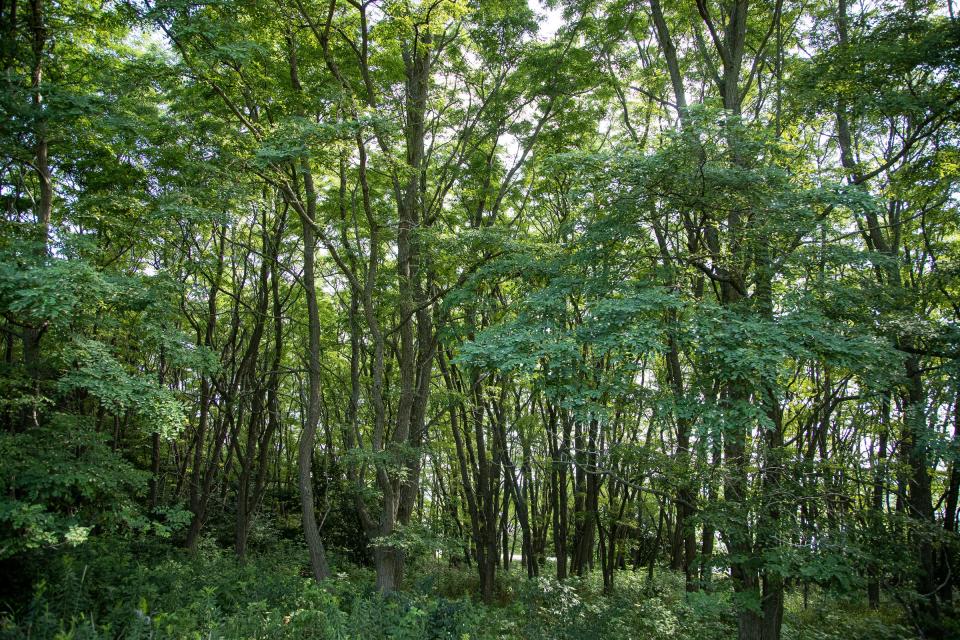
A deciduous tree, black locust was brought here from the Appalachian and Ozark Mountains for erosion control and durable wood. It grows in fields, grasslands, and open woodlands. It can increase soil nitrogen levels, which threatens native plants that are adapted to nitrogen-poor soils.
Black and Pale Swallow-wort
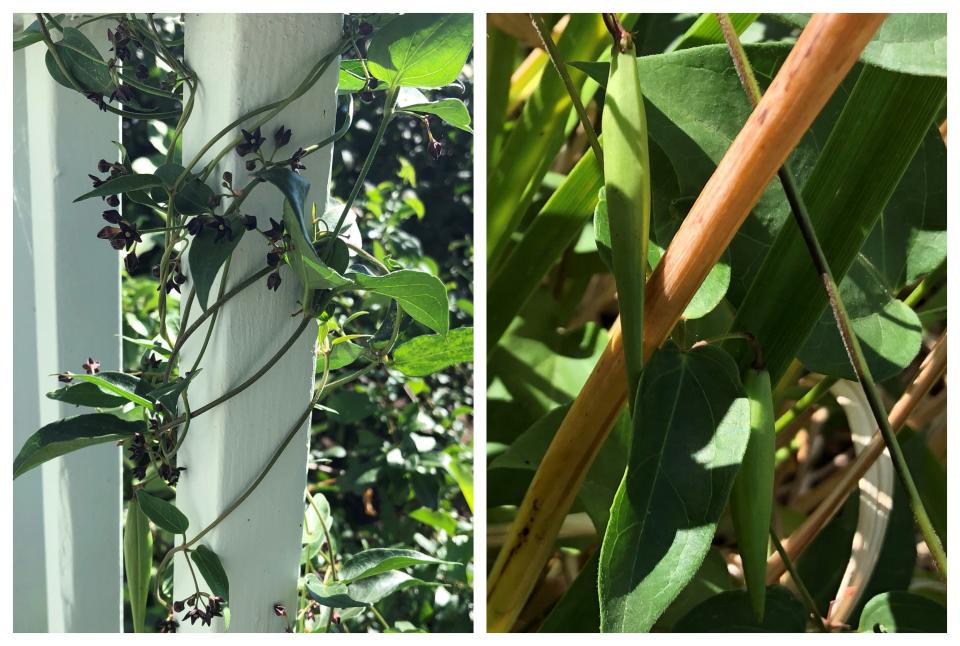
Two species of perennial vines from Europe. They get big, growing up to eight feet long by late summer. Since they're close relatives of milkweed, they may interfere with monarch butterfly reproduction, which is already facing problems.
Bush Honeysuckle
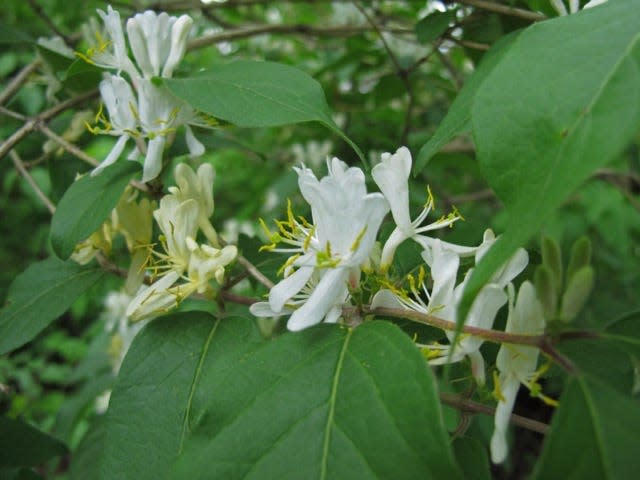
Brought from Asia and Europe as ornamental landscape plants. Found in fields and forests, they produce leaves earlier in the spring than most native species, which gives them a competitive advantage.
Common Buckthorn
A deciduous plant with oval-shaped leaves and small dark fruit also brought from Europe and Asia to be used for landscaping. As they grow, they form dense stands in fields that can prevent sunlight access by other plants.
Winged euonymus
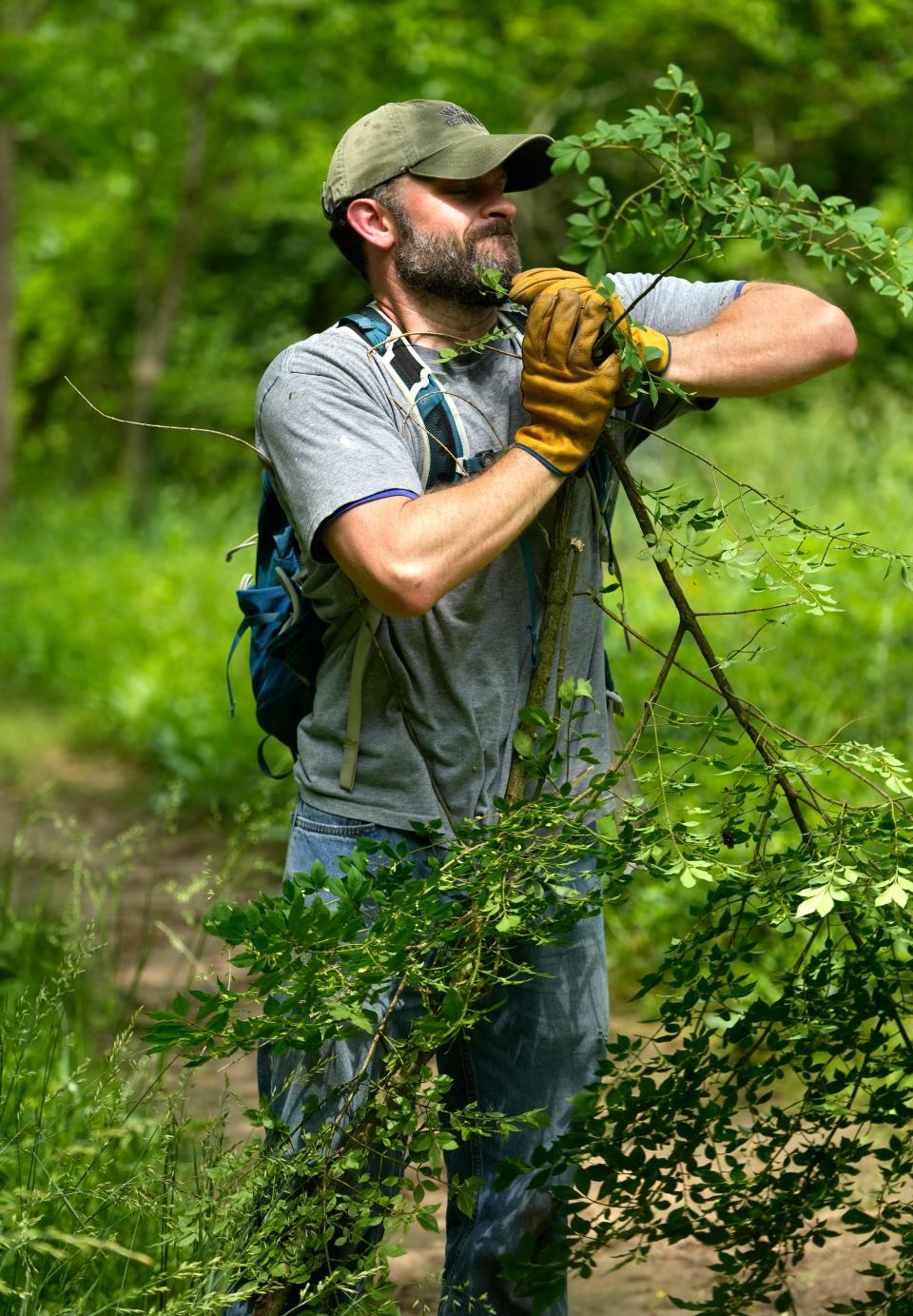
It’s a deciduous shrub that can grow up to 10 feet tall. It’s also known as burning bush because of its red fall foliage.
Princess tree
Brought from China as an ornamental plant, grows in forests on stream banks and rocky slopes.
Yellow Iris
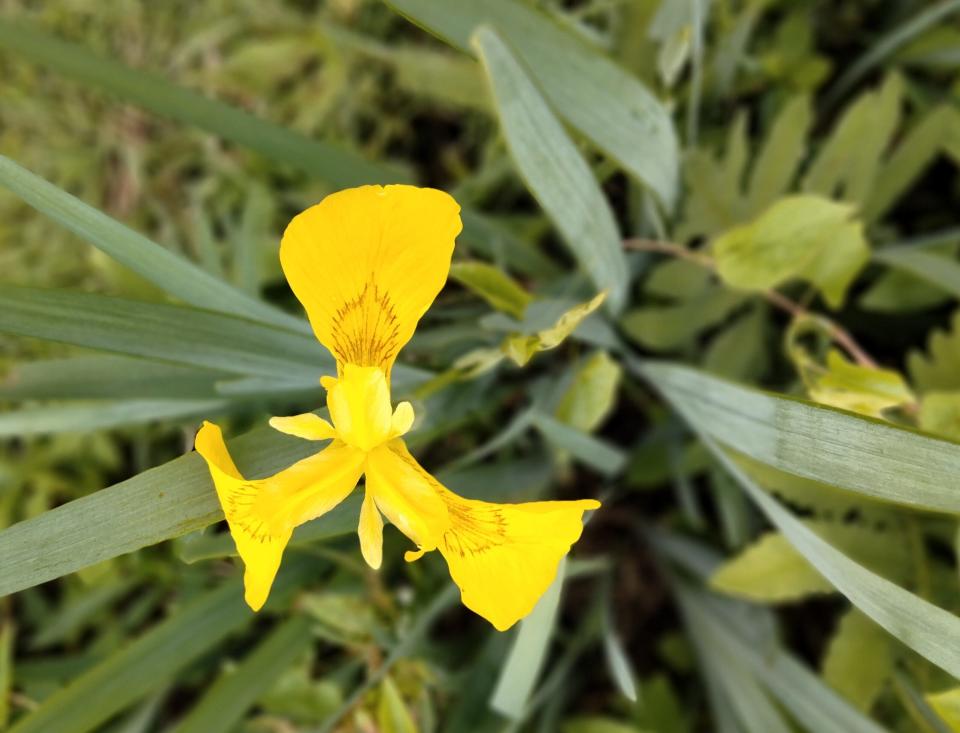
Brought as a garden plant from Northern Africa, Asia and Europe. It invades wetlands, sending out rhizomes (underground stems) to form dense colonies that displace native species.
Purple Loosestrife
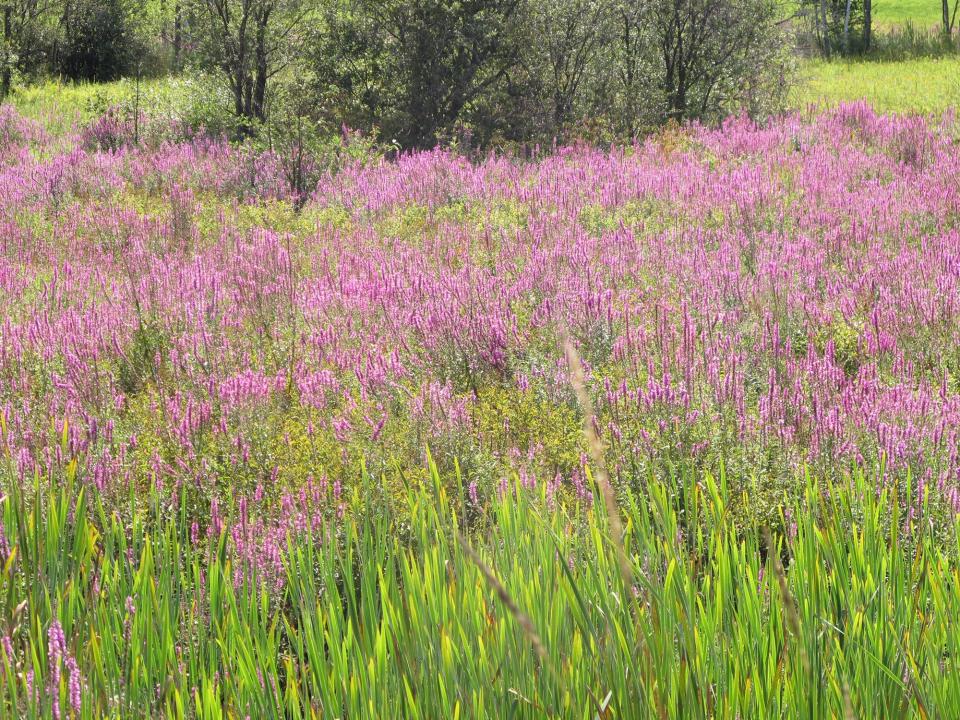
A perennial from Europe, it also grows in wetlands. A single purple loosestrife plant can produce a million or more small seeds that are spread by water and waterfowl. The dense colonies it forms excludes the plants that local birds use to build their nests, which the loosestrife is ill-suited for, indirectly harming the breeding of these birds.
How can I combat invasive plants?
The best way is to plant native species. It doesn't even have to be on your property - many organizations have volunteer efforts aimed at planting these species, such as making pollinator gardens at local parks or conservation land.
The other is fairly straight forward - and has some immediate gratification - just pull them out! Not all of these invasives can be combatted so easily, as some require specialized herbicides.
You can also contribute to the database by reporting patches of invasive growth through online tools such as EDDMapS or iNaturalist.
This article originally appeared on Telegram & Gazette: Pull up that plant! These are the most invasive weeds in Massachusetts

